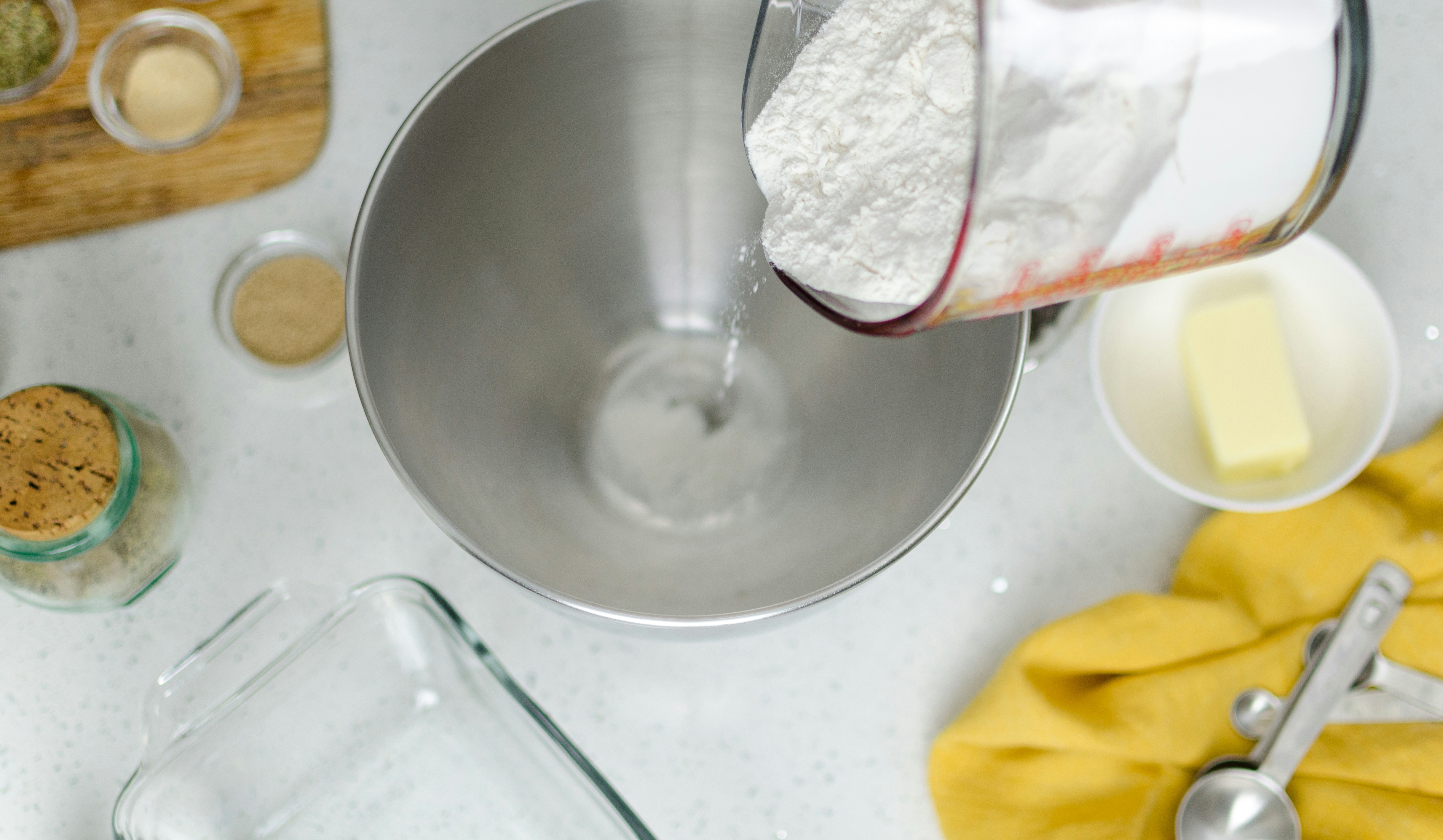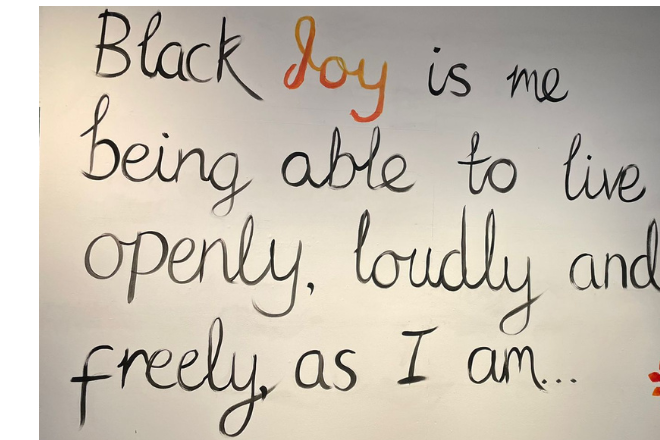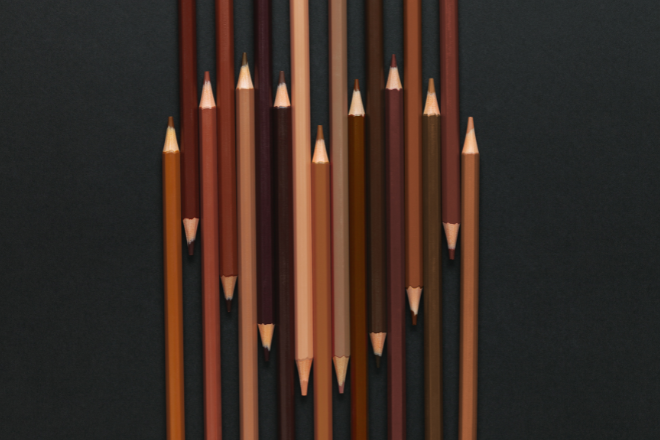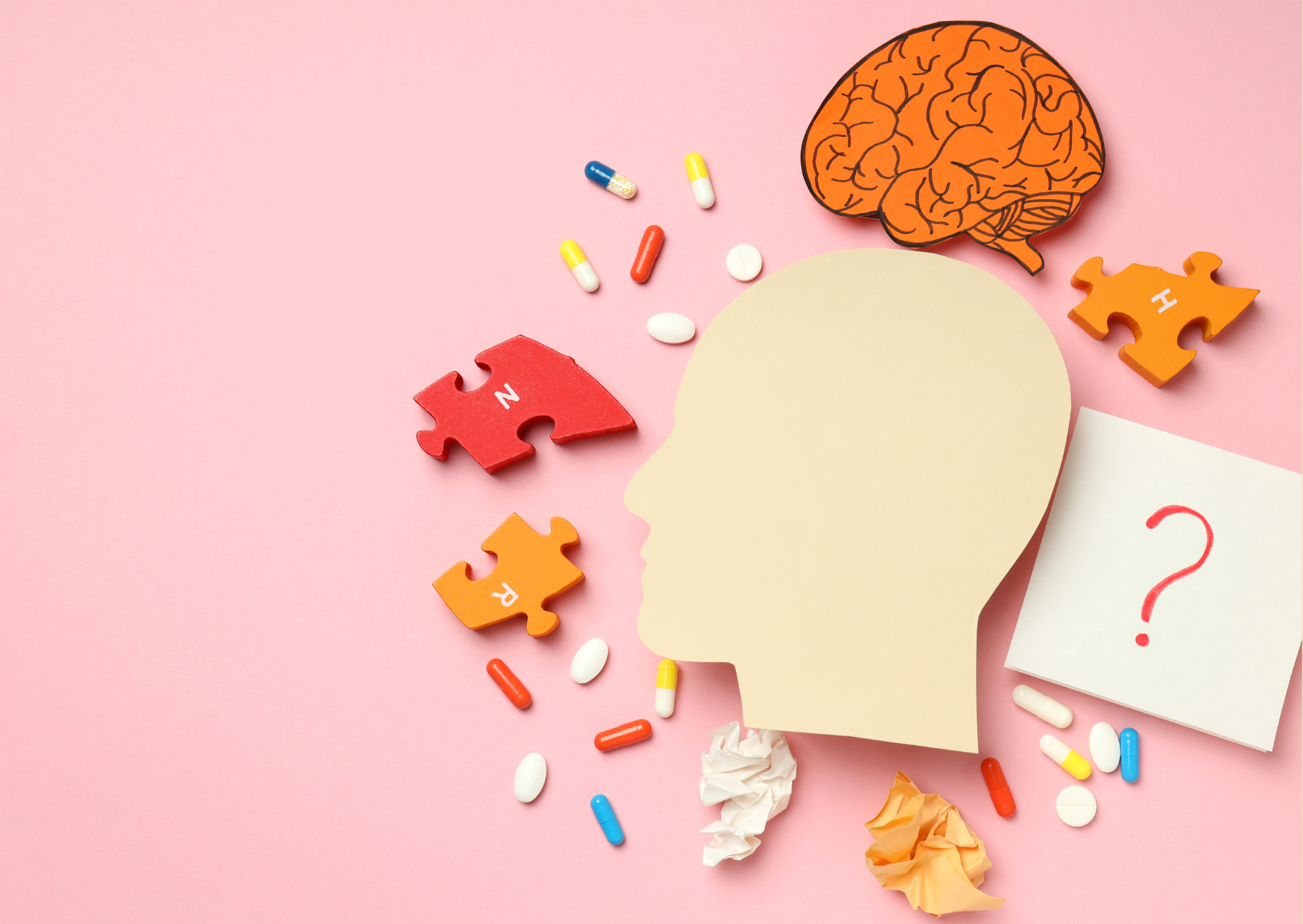As part of our ongoing series highlighting marginalised groups within research, this guest-authored blog by Alison and Jamie introduces a research project supported by the Wellcome Trust focusing on women’s experiences of art groups as a form of mental health and social support.
Meet the authors
Alison McKinlay – I am a women’s centre trustee and psychology researcher at University College London. I am interested in evidence-based mental health support that can be accessed safely and remotely. The literature on arts as a form of mental health support is of great interest to me as a mental health intervention, with the potential to empower people and improve their well-being.
Jamie Bird – I am an art therapist and researcher, working at the University of Derby. I have an interest in responding to violence and abuse from a perspective of working with grassroots and local government services. I use art to help tell stories of transition and belonging. Spanish guitar, gothic harp, and long, wild, walks in nature make me happy.
Art as a form of support
With the spread of COVID-19, reports of domestic abuse have increased across the world. We responded to this by engaging with the therapeutic value of expressive art groups. We are interested in any kind of creative or artistic activity that people use to support their mental health. In this project, we have focused on learning more about art groups that could support women with an experience of domestic abuse. Whilst our focus is on the experiences of women, this research may help those supporting other groups of people as well.
The research team (which also included Jessica Ringrose and Lorna Collins) have been guided by various experts throughout the project, including an online discussion group who met on several occasions and helped co-produce the direction of our work. This group was made up of people with an interest in responding to domestic violence, including people with lived experience, as well as third sector, and academic perspectives.

The overall aim has been to compile evidence from a rich range of sources to help inform support for women who have experienced domestic abuse, which can be used and applied within community settings. This included reviewing existing studies on this topic, and interviewing women with lived experience of domestic abuse and art professionals (such as artists, art practitioners and therapists, who have worked in the domestic abuse field).
In this blog, we have incorporated the perspectives and anonymous excerpts (with consent) from these various sources on topics that were important to those involved.
Reflecting on the use of co-production
Alison
Mental health research is enhanced and strengthened when the voices of those who will use the service is threaded throughout. In this project, we established an online discussion group of experienced experts to help guide and give feedback on the work, as it was being undertaken. This helped our research team to know which organisations were active in providing support for women after abuse. The perspectives of group members also drew our attention to certain topics based on their experience (i.e., the value of relaxation methods in combination with use of formal domestic abuse interventions) that we may have otherwise missed.
Jamie
Co-production is very important to me, as many of the models I use within a therapeutic or research context have the idea of emancipation and social justice at their core. This project has made a good attempt to incorporate co-production within the advisory group and focus groups. There is always more to be done to make practice and research co-produced and democratic. There are many challenges and opportunities in opening up spaces to include perspectives that are representative of gender, sexuality, race, ethnicity, class, disability and age.
Language in the field of domestic abuse
Alison
Throughout this project, we have been reminded the importance of using encompassing language in this work, recognising the range of harmful behaviours that are considered as a form of domestic abuse.
“Domestic” in everybody’s mind are people who have co-habited, run a home together and had children together – one or the other. And in legal terms it’s not always that… You might never have children, never live together… There mustn’t be an assumption that you’ve lived with the person or had children with them. Because mine is not that sort of abuse, although it is “domestic abuse” – Anonymous
Jamie
The inclusion of “coercion and control” in the government’s definition of domestic violence and abuse is very helpful as it brings attention to actions and behaviours that are harmful and damaging, but not always easy to identify. I also find the idea of ‘slow violence’ really helpful as it also allows an understanding of violence that is enacted over along-period of time – this includes violence that spans generations and that involves community and social consent. I do not see domestic violence and abuse as just being about isolated relationships between two people or just about psychological attitudes and behaviour.
The research team consulted various sources to identify current practice of art professionals offering support to women who have experienced abuse. These professionals shared the impact they had observed from their art groups, including how the group process facilitates empowerment and improved self-esteem.
'I think it’s so important that they are empowered, you know, that’s what my work is, empowers those women. You know so many of them, whether it’s domestic abuse or whether it’s something else, so many women become defined by their experiences, and I truly believe, it doesn’t matter who we are in our life, whatever our experiences, those things define us, and stop us becoming the people we can be. That’s where it starts to destroy your life. Whereas the women I work with it’s empowering, not to deny it or ignore it, but it’s acknowledging that. And understanding that’s why, I think a lot of the women often think, What’s wrong with me? Why can’t I just get over this? Why can’t I actually think? Once that understanding is there and a certain awareness of why, they can start to do something about it.” – Anonymous
We also asked women with lived experience about their use of arts to support their wellbeing, and recommendations about topics they felt were important.
'I have used arts myself to express what I felt was inexpressible at the time… It’s the healing and the respect that I think it disembodies, it allows it to come out of oneself, so the act of art and creating something kind of takes it outside of the very subjective internal sphere, so I’d say that helps.' – Anonymous
'Creative outlets can be incredibly transformative. They give you another option, strategies for surviving. It might be a strategy- certainly for me, having an outlet even though I didn’t have any reason to create a work, I didn’t have anyone in mind or even an audience, it happened later, just being able to express was important.' – Anonymous
The future of women’s art groups
Alison
The ongoing pandemic has meant that access to emotional support has changed, so we have been interested in the work currently taking place and how this might be offered online. We’ve learned that there has been little formal research on this topic, but that it is important to have ongoing conversations on the value that art can bring people who have experienced domestic abuse and violence. Doing so, might help to address some of the gaps identified in this research, including those described below.
Jamie
What I have observed in the different arts-based activities I been involved in, when working with women who have experienced domestic violence and abuse, is that there is a real potential to use art to think about and express the journey that is made from fear to safety. This includes thinking about the past, the present and the future. Doing this online could work, but it does seem that a really good level of trust needs to be created first and that this probably needs to be done face-to-face, within the context of existing services who are skilled in working with women is a safe and sensitive way. Researching his movement from face-to-face working to online working would be helpful, I think.
'I was really shocked at the little research and literature that has been written about women’s groups for a start, women’s groups with women who are experiencing poverty, and women’s groups who are experiencing poverty and have had the experience of domestic abuse. And to me, it felt like women were just seen as a general population and not really anything to do with our experiences of even living as a woman, coming to any of the research, and the intersectional experiences that we have. And just poverty doesn’t enter into it at all, just completely baffled me. I think there’s so much research that can be done on this.' – Anonymous
The research project ended in July 2021. We now hope to apply for more funding to extend this work and address some of the gaps identified.
Support and further reading
If you want to access support over the phone, you can call:
- National Domestic Abuse Helpline – 0808 2000 247 – www.nationaldahelpline.org.uk/ (run by Refuge)
- The Men’s Advice Line, for male domestic abuse survivors – 0808 801 0327 (run by Respect)
- The Mix, free information and support for under 25s in the UK – 0808 808 4994
- National LGBT+ Domestic Abuse Helpline – 0800 999 5428 (run by Galop)
Further reading on this topic:
- A Perfect Storm: The impact of the Covid-19 pandemic on domestic abuse survivors and the services supporting them
- Breaking the silence: Responding to domestic abuse in your community (video)
- Art therapy, arts-based research and transitional stories of domestic violence and abuse
- Democratising the discourse: co-production in art therapy practice, research and publication
- Arts-Based Methodology for Knowledge Co-Production in Social Work
- Seven lived experience stories of making meaning using art therapy
- “How Creativity Revived Me”, a story told at @TEDxCoventry





.png)

.png)
.png)


.png)
.png)
.png)